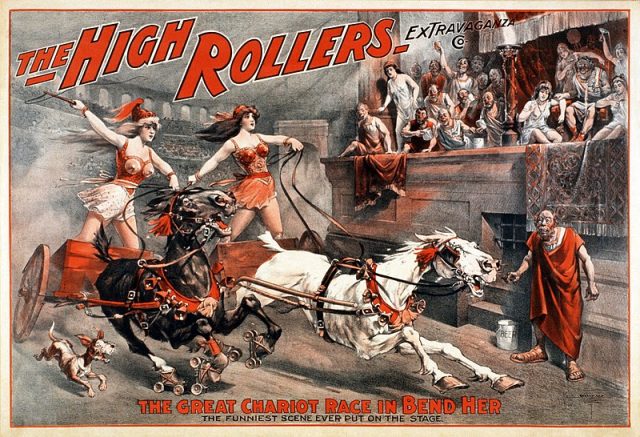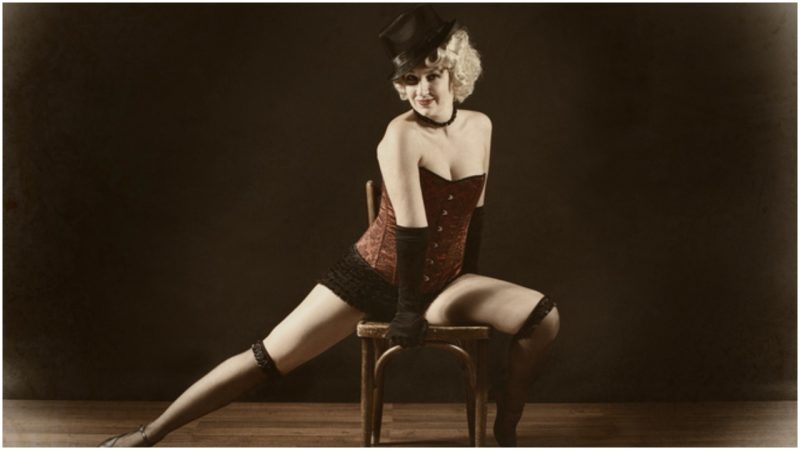Once upon a time, there was a show that preceded striptease, which was derived mostly from Victorian burlesque and was called American burlesque. It was a way more theatrical show than female striptease, which was just one segment of it, and much more elaborate than Victorian burlesque shows. Observed from today’s point of view, it was a rather artistic genre that got silenced by the social stigma. And because of that, it is difficult to argue about the style of these shows dating to the 19th century.
Although burlesque might have turned into a more striptease-like show in its declining years, we must give the genre credit for keeping the American audience laughing with its transgressive comedy and entertaining them with songs for over 100 years.
The variety of performances that fall into the category of American burlesque inspired plenty of theatrical shows in the following years. And when all that is known, we can finally say that yes, the highlights of burlesque were the “immodestly dressed” women and the naughty jokes throughout the whole show.
Apparently it was the English actress and dancer Lydia Thomspon who introduced burlesque to the American scene in 1868. The shows were a sensation across Europe, and while traveling with her troupe, the “British Blondes,” Thomspon captivated the American audience. Although burlesque was familiar to America since the 1840s, it was the year when Thomspon performed in leading American theaters that they fell for it.

The genre developed into a musical parody of a well-known theater play or an opera. Or just famous characters, chapters, or conversation turned into comedy by the behavior of the artists and dancers. A typical example from a burlesque of Macbeth: Macbeth and Banquo get under an umbrella, and are greeted by the witches: “Hail! hail! hail!” Macbeth asks Banquo, “What mean these salutations, noble thane?” and is told, “These showers of ‘Hail’ anticipate your ‘reign’.” Burlesque productions of actor-managers such as Laura Keene, John Brougham, and William Mitchel were the most popular shows on Broadway during the late 19th century.

Everything in the show suggested sexuality. It was metamorphized in the dialogue, presented in the clothing, hidden in the staging. Besides accentuating sensuality, other recognizable elements of the burlesque were the quick-witted humor and the short sketches of routines with minimal plot across the whole show. The performances ran in many American theaters.
The burlesque scene flourished mostly during Prohibition, when social and nightlife were moved into the nightclubs, and with the rise of the Minsky brothers. It was a time when burlesque shows were in high demand and a time when the managers and actors could improvise most. And they slowly evolved into what we can call striptease. First, it started only with clothes showing women’s figures while they acted and as the audience seemed to come back in bigger numbers, the exotic dances were introduced.
Striptease was supported by the Minsky brothers, who foresaw the most profitable part of the burlesque shows. If we mention Minsky’s burlesque, then we describe classy, expensive striptease in theaters. The brothers’ business grew into a brand that went from nightclubs to expensive theater shows. By 1932, all actors were professional dancers in more than 150 venues in the U.S.

During the time when burlesque was an expensive entertainment, and the Minsky brothers reigned, the Great Depression arrived. Although people craved entertainment, there weren’t many who could afford an expensive evening. So things changed a bit. Pretty, jobless girls replaced professional actresses and dancers, the quality of the shows changed, and although the shows always were shadowed by a kind of social taboo, this time there were protests. By the late 1930s, burlesque had already turned into striptease.
Fiorello LaGuardia, mayor of New York City, closed all the burlesque businesses, dismissing them as purveyors of “filth.” There were a great many burlesque stars, such as Gypsy Rose Lee. Films tried to present burlesque shows.
There were many famous people who tried to capture the show in its time and describe it. Although it evolved outside of the social norms, burlesque was certainly a great turn for the American art scene.
